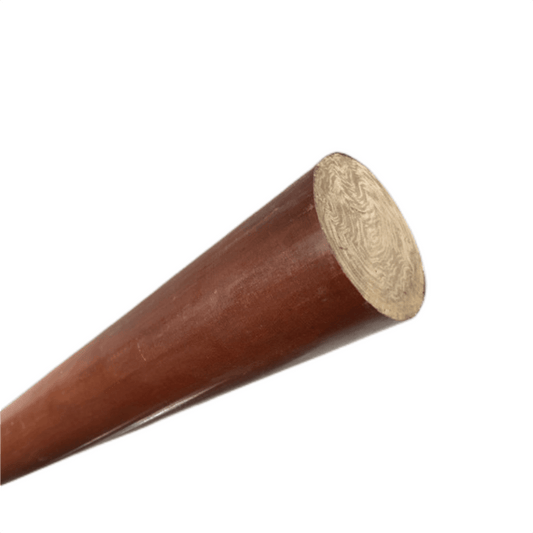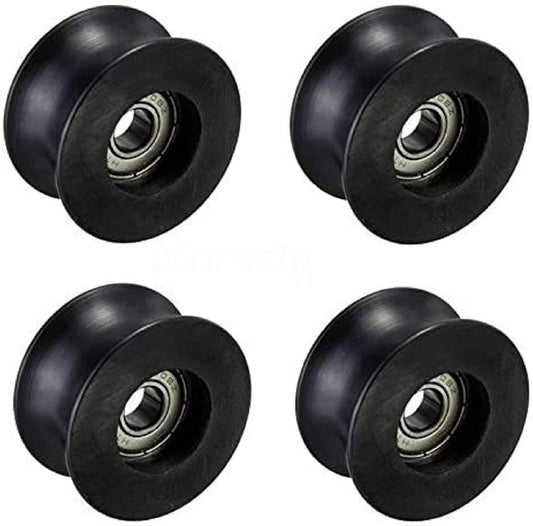Step back in time and surge forward in innovation with our comprehensive exploration of Bakelite, the pioneering material that has shaped industries. In our latest post, "From Vintage to Vanguard: Discover the Uses of Bakelite Sheets, Materials, and Boards Today," we delve into the rich history and evolution of Bakelite, revealing how it has transitioned from a revolutionary 20th-century invention to a cornerstone in modern applications.

Discover the key properties that make Bakelite such a unique choice in the world of plastics, including its exceptional durability, heat resistance, and electrical insulation capabilities. We’ll explore its widespread uses in everyday life, from domestic tools to sophisticated industrial components.
For DIY enthusiasts and professional purchasers alike, we provide expert tips on choosing the right Bakelite product to suit your needs, whether for a simple home project or a critical industrial application. Get inspired by innovative DIY projects that showcase the versatility and practicality of Bakelite materials in crafting and home decor.
Lastly, navigate the market with our buyer’s guide, aimed at helping you source the best quality and most sustainable Bakelite options available. Whether you're a hobbyist looking to experiment or an OEM purchasing manager, this guide is an invaluable resource for making informed decisions about Bakelite materials.
Join us as we explore how Bakelite remains a material of choice from vintage to vanguard, proving its time-tested value and adaptability in today's demanding world.
The Historical Significance of Bakelite
Bakelite has carved its niche as the first synthetic plastic, heralding a new era of materials science. Invented in 1907 by Belgian-American chemist Leo Baekeland, this phenolic resin became synonymous with the advancement of early 20th-century technology and culture. Its initial popularity stemmed from its revolutionary properties, which included heat resistance, nonconductivity, and chemical stability. These features made Bakelite a favored material in a host of applications, from everyday household items to critical military components during the World Wars.
Bakelite’s Role in Industrial Expansion
As industries evolved, so did the applications of Bakelite. By the mid-20th century, it had become an industrial staple in the manufacturing of electrical insulators, automotive parts, and even consumer electronics. The material's ability to be molded into precise shapes allowed for mass production of durable goods, facilitating the rapid growth of consumer markets. Bakelite's impact on the automotive industry is particularly notable, as it provided lightweight, heat-resistant components that were essential for modern vehicle construction.
Modern-Day Applications and Innovations
Today, Bakelite has transcended its classic applications and can be found in an array of modern settings. Its legacy in durability and resistance has made it an attractive option for high-demand environments such as aerospace and advanced electronics. Furthermore, contemporary artists and designers frequently use Bakelite for its vintage appeal and workability, crafting everything from high-end jewelry to unique home decors. This adaptation underscores Bakelite's ongoing relevance and versatility, making it a vanguard material in both practical and aesthetic fields.
Sustaining Bakelite’s Legacy
The ongoing research and development in polymer science promise to further the capabilities of materials like Bakelite. Innovations aim to enhance Bakelite's environmental footprint by reducing emissions during production and increasing recyclability. By embracing these sustainable practices, industries can continue to utilize Bakelite while adhering to modern environmental standards, ensuring that the material's historical value is preserved as its applications expand.
Bakelite's transformation from a vintage material to a modern-day essential showcases its enduring utility and adaptability. Its journey from the early 20th century to contemporary applications highlights its pivotal role in the history of materials and its continued importance in the future of manufacturing and design. Through its evolution, Bakelite remains a testament to the innovation and resilience that define the materials science industry.













